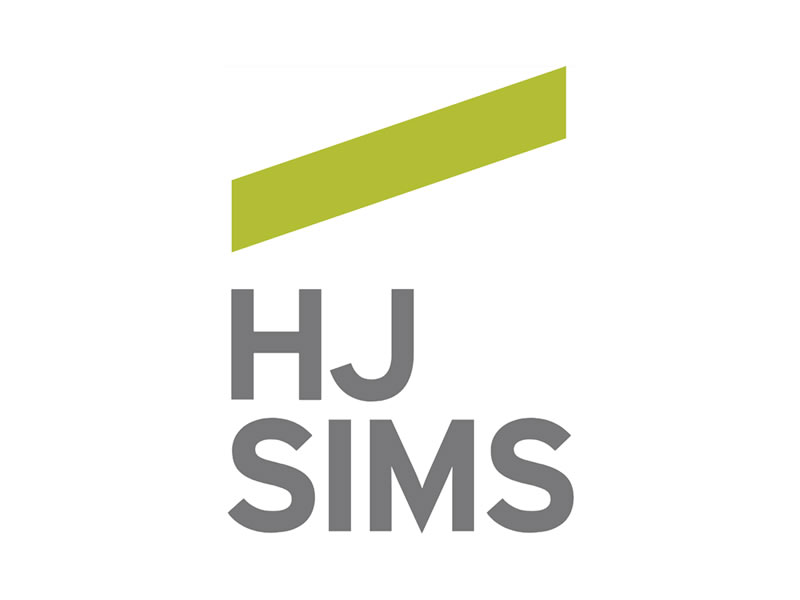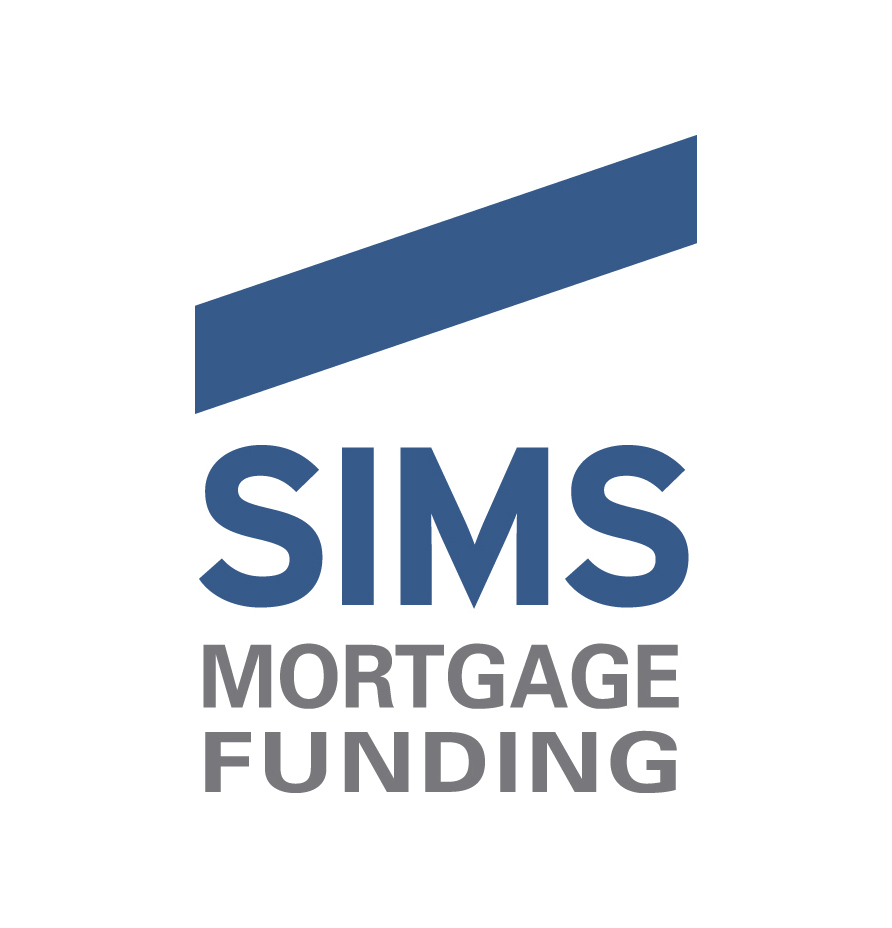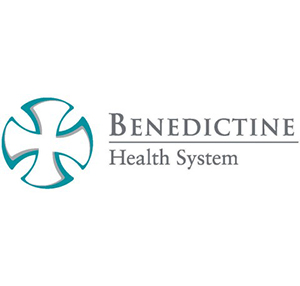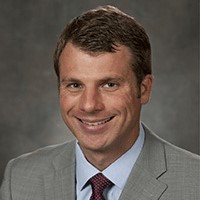by Gayl Mileszko
Almost twenty years after the 9/11 terrorist attacks that we promised to “Never Forget” we now have a prolonged pandemic that is still creating indelible memories. Many of us can still name each family member, friend, and colleague affected two decades ago. But today we can recount even more precious people and businesses lost or devastated due to COVID-19. In the financial world, we are keenly aware of the specific sectors of the stock and bond markets that were unexpectedly pummeled in March of 2020; some are thriving, others bankrupt, quite a few rescued with our tax dollars, many still crawling back. In the immediate aftermath of the World Health Organization and presidential declarations, bonds that financed food service companies, cruise lines, airports, hotels, convention centers, sports arenas, hospitals, toll roads, malls, oil and gas and mining companies, all sank in price as lockdowns directly halted revenue streams supporting debt service while causing operating expenses to surge.
Bond News this Week
We still do not know the lifecycle of this virus or its variants but, 15-plus months later, Moody’s and CNN report that the nation’s “Back-to-Normal Index” is at 94%. Summer vacation exuberance may be skewing our perspective, but we will have a much better grip on where things are for work, home and school once September arrives. For now, bond traders report that spreads, the difference in yields when compared to the highest rated credits, have more than completely recovered in most A and BBB range debt while higher yielding securities are also about 94% back to pre-COVID levels. Some sectors like education, hospitals, transportation, turnpikes and toll roads, and single- and multi-family housing still have a little way to go. But the strength of the recovery, and our new perceptions of essentiality, have generally boosted the value of water and sewer, power, utility, airports, and healthcare bonds.
Municipal Sector News
In the municipal sector, most analysts agree that senior living has been hardest hit. Life plan communities, retirement communities, independent living, assisted living, memory care and skilled nursing serve the demographic that has suffered most and facility operators have been at the forefront in the unforgettable fight against the pandemic. Since the onset, top-notch managers have employed every available expert, dedicated staffer, piece of equipment, technology, strategy, tactic, agency, grant, loan, and line-of-credit to keep residents safe. Most caregivers have literally worked around the clock to protect residents who by virtue of age and condition have been most vulnerable to community spread. As a result, fifty one percent of seniors housing properties studied by the National Opinion Research Center (NORC) at the University of Chicago experienced no COVID-19 deaths in 2020. About two-thirds of independent living (67 percent); assisted living (64 percent); and memory care (61 percent) properties had no COVID-19-related deaths, and 39 percent of skilled nursing facilities experienced no related fatalities. Nevertheless, the AARP has reported that more than 184,000 residents and staff of nursing homes and other long-term care facilities have perished as a result of COVID. The share of COVID-19 deaths attributed to long term care facilities reportedly peaked in June 2020, when almost 49% of deaths occurred there. But vaccinations first made available in December 2020 have caused dramatic declines in all the counts. The CDC reports that the rate of deaths per 1,000 residents in nursing homes has dropped from the high of 5.9 in December 2020 to 0.29 as of June 2021, and staff cases have declined from 26.38 to 0.41.
Occupancy Rates in Senior Housing
The latest surveys by the National Investment Center for Seniors Housing and Care (NIC) from June 13 show that, although seniors housing and care occupancy rates remain at historic lows, trends in the percentages of organizations reporting higher occupancy rates continue to improve; assisted living, memory care and skilled nursing are showing new pandemic era highs. Since March, there has been a rising pace of move-ins. The greatest challenge for 94% of these facilities is said to be staff shortages, a problem that affects employers across most industries; they recently posted a record 9.3 million job openings. But the need is particularly acute for certified nurse aides where open positions exceed 200,000.
HJ Sims: History of Supporting Senior Living
HJ Sims underwrote the first municipal bond to finance a long-term care community in 1965 after closely analyzing demographic data and demand projections, and we remain among the biggest supporters of senior living. We have since introduced several innovative structures including entrance fee principal redemption bonds, and have underwritten or advised on more than $27 billion of financings in this space. Including the deals we brought to market, there were only about 63 senior living deals with a combined par value exceeding $3.25 billion in the muni market in 2020. So far this year, we have seen 35 deals totaling $1.73 billion. But the number of new and refunding issues is growing by leaps and bounds as investors recognize the demand for and value inherent in the sector.
Municipal Bond Market News
This week, we are in the market with a $79 million non-rated financing for Benedictine Health System, the tenth largest not for profit senior living provider in the country which owns and operates 21 communities in Minnesota add North Dakota. This transaction is part of a $7 billion new issue calendar that includes seven senior living deals, an array of weekly offerings in this sector that has not been seen for many years. We expect that the $390 million of new money and refunding issues will be several times oversubscribed by institutional and individual investors, a clear sign that tax-exempt buyers highly value this essential public service sector. Featured borrowers cross the credit spectrum and include non-rated Friendship Village in Kalamazoo, Michigan; nonrated Colorado-based Christian Living Communities; BB+ rated Meadowlark Hills in Manhattan Kansas; BBB rated BHI Senior Living of Indiana; non-rated Ascentria Care Alliance in New England; and BBB rated Westminster in Austin which, at this writing just sold with a final maturity in 2055 priced at 4.00% to yield 2.31%.
This Week in the News/Markets
At this writing, the AAA general obligation benchmarks post yields of 0.16% for the 2-year maturity. 1.01% for the 10-year and 1.52% for the 30-year. This compares with Treasury yield curve reflecting yields ranging from 0.25% for the 2-year, 1.47% for the 10-year and 2.08% for the long bond. The 10-year Baa rated corporate bond yield stands at 3.05%. On the month, the Dow at 34,292 is down 237 points while the S&P is up 2% to 4,291and the Nasdaq is up nearly 6% to 14,528. Oil prices are up nearly 11% in June while gold and silver prices have fallen more than 7%.
It’s Time to Review Your Goals
HJ Sims representatives stand ready to assist both borrowers and investors in the senior living space. We are active in the primary as well as secondary markets and our senior bankers and financial professionals welcome your call. We are in a market that continues to be defined by heavy demand, low rates, and high relative credit quality. It continues to favor the issuer, but we are also here relentlessly working for our clients, helping you to define and execute on your income investment strategies. This week, we move into the second half of the year, so it is time to review your goals and needs. Give us a call after the holiday weekend. We note that markets close early on Friday and remain closed on Monday in observance of our nation’s 245th Independence Day. The entire HJ Sims family wishes you a safe, happy, and unforgettable Fourth.
Please contact your HJ Sims representative for information about today’s higher yielding taxable and tax-exempt offerings.










